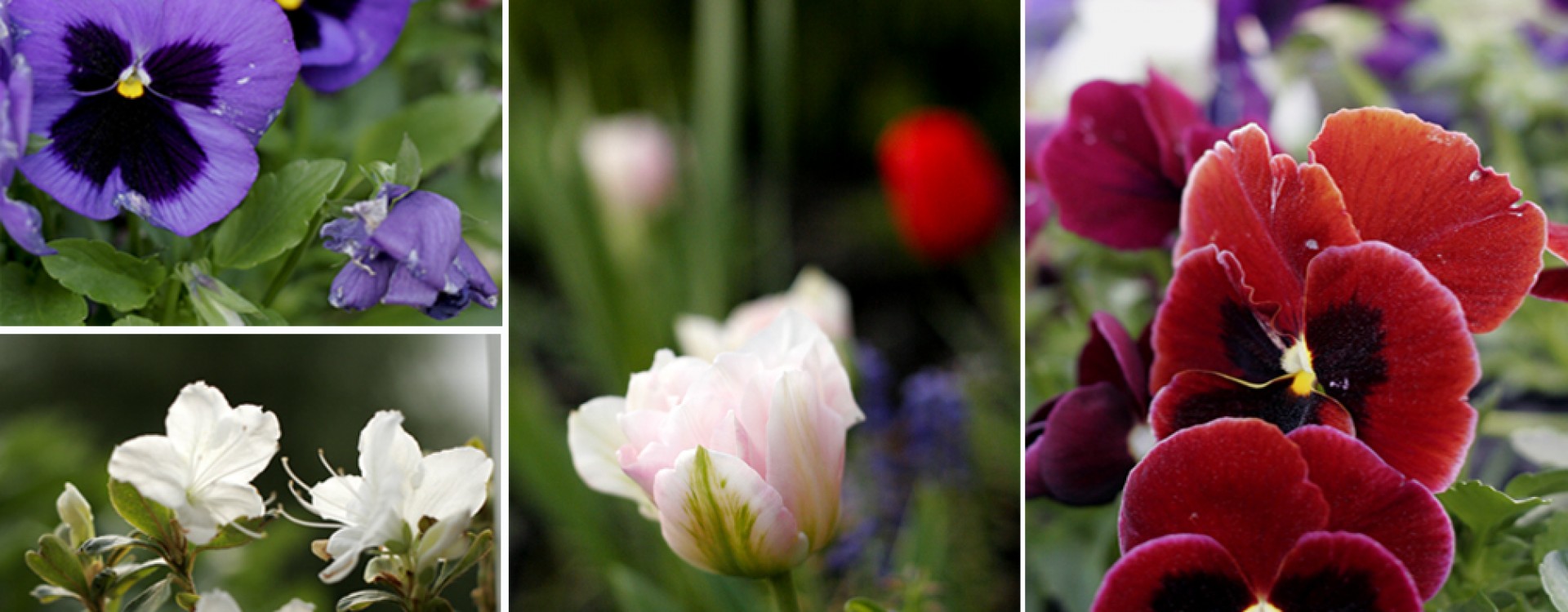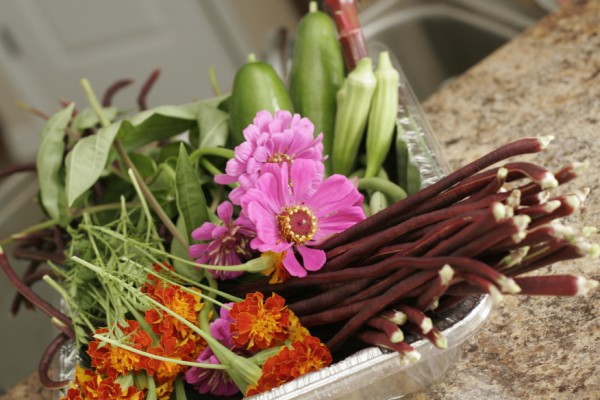Three years. Three summer gardens. Oh, the joys and the disappointments.
You’d think with all the resources available online and in books, gardening should be easy peasy, right? Wrong! My first year of gardening, I direct seeded a whole packet of asian eggplants in a narrow four-feet row. The seedlings shot up as quickly as the little flea beetles ravished the leaves to nothingness. But I didn’t quickly give up hope for in that row were two survivors of the attack. I pulled the other seedling out and kept just one. My hope meter for an abundantly growing eggplant bush went past the charts. Within a month, the seedling grew to be about a foot. The leaves were thin and jutting out from all over the lanky main stem. Another two weeks and the plant grew another four inches. Having no visual reference whatsoever to an eggplant bush, I said to my husband one afternoon, “I think that’s an eggplant. At least, I hope it is.” So I went online and researched what an eggplant bush looks like and came out thinking the tall spindly bush growing in my garden is, indeed, an eggplant. But by then, I had my doubts.
Another four weeks went by and what I thought was an eggplant bush grew to be about four feet. It looked a bit flimsy to support eggplant fruits. Another two weeks of more vertical growth and I was absolutely convinced I’ve grown a weed. The American burnweed, to be exact! Successfully growing eggplants didn’t seem probable in my future gardening endeavors. Oh, but how wonderful it would be to gather up an eggplant or two from my own garden for some grilled eggplant torta (omelet) or eggplant tempura!
In my second year of gardening, I avoided the idea of growing eggplant like it was a plague. But this year, my desire to overcome my failure prevailed. Determined, I read up on how to successfully grow this purple beauty and came across a book called “The Vegetable Gardener’s Bible (10th Anniversary Edition).” I scoured online forums for tips on growing them in my particular zone. I pored over seed catalogs to choose the best variety to grow for my liking. I was having fun!
This time, I sowed the seeds in a 4-ounce yogurt cup in the middle of February. Once sprouted, the seedlings were moved by the windowsill for light. When the seedlings grew a couple more inches, they were transferred to 16-ounce yogurt tubs. Then it was waiting time for the weather to warm up while the plant continued to mature indoors. Patience is certainly one of those attributes that gardening puts to test. I think I might have failed on that one…in so far as the eggplant was concerned. Apparently, April 21st was this year’s last frost date for Zone 6b so by the first week of May, five out of the six seedlings were transplanted into the ground outdoors after a week of hardening out on the deck. May weather decided to be fickle minded and fluctuated between 60 and 70 degrees, even cooler at night. Some days the plants had to be covered to help keep their warmth in. Thankfully, the weather finally warmed up and stayed there. But it, too, beckoned my mortal enemy – the flea beetles – and they arrived en mass, covering as much of the mature broad leaves of the eggplants and poking tiny pencil dot holes in them. I cried! And I fought! But weeks went by and the plants weren’t producing new leaves fast enough. Meanwhile, the leaves that used to be healthy green looking were reduced to puck-marked brownish leaves. I cried some more. But I had one hope.
The sixth seedling was slow growing since it was sown indoors two weeks later than the other five. Ed Smith, the author of the book mentioned above strongly recommended planting peppers and eggplants in pots rather than in ground and swears by the perfect success rate he’s had using this practice. So I put this to test and transplanted my last seedling in a pot. It really pays to listen to the gardening expert on this one. Here’s proof:
We thoroughly enjoyed these beauties in a tempura of mixed vegetables one night. Sadly, the rest of the summer heat has been intolerable that the three succeeding flowers didn’t make it to fruition. It’s September now and there are currently four more flowers trying to fruit but it’s been unseasonably cold this past week, they may just drop like the others. Nonetheless, my heart is encouraged to try again next year.
I’ve learned that eggplant bushes have sturdier stems that show just a hint of purple. The leaves are broad and the back veins are purplish. Oh, and they have an elegant light purple flower that becomes the fruit. By the way, one of the five in ground ‘Rosa Bianca’ eggplant variety has just produced one small fruit… I consider that a triumph!



